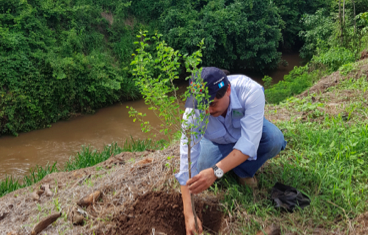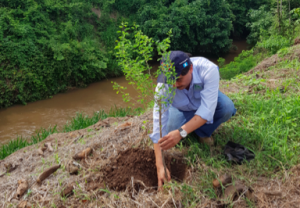The conservation of biodiversity is one of the commitments of the Guatemalan Sugar Industry, therefore it is one of the main axes of its the Environmental Policy. Within this framework, the sugar sector has implemented the fish stocking program in the rivers of the South of Guatemala.
The stocking of fish aims to increase the population of native species in rivers. The Guatemalan Sugar Industry, with the support of the Private Institute for Climate Change Research -ICC-, breed 3 species of native mojarras: Prieta, Tusa and Balcera; in addition to the freshwater snail, which reproduce in ponds and are released into rivers with the support of the community.
 Sinces 2015 the Sugar Industry in conjunction with the ICC have released around 160,000 fingerlings and 18,000 freshwater snail into three rivers of the South of Guatemala. The ICC conducts studies to analyze the fish population in various rivers of the South of Guatemala, with the aim of determining how the aquatic fauna is doing and prioritizing fish releases where necessary, always using native species.
Sinces 2015 the Sugar Industry in conjunction with the ICC have released around 160,000 fingerlings and 18,000 freshwater snail into three rivers of the South of Guatemala. The ICC conducts studies to analyze the fish population in various rivers of the South of Guatemala, with the aim of determining how the aquatic fauna is doing and prioritizing fish releases where necessary, always using native species.
The Environmental Policy of the Guatemalan Sugar Industry, which began to be implemented in the 2015/16 zafra, regulates eight aspects: sugarcane burning, use and management of fertilizers, use of water, use of vinaza, use of water in the factory, solid waste management, particulates in chimneys and air quality; as well as protection of biodiversity. Every year improvements are made to achieve this objective of caring for the environment in its operation.
















